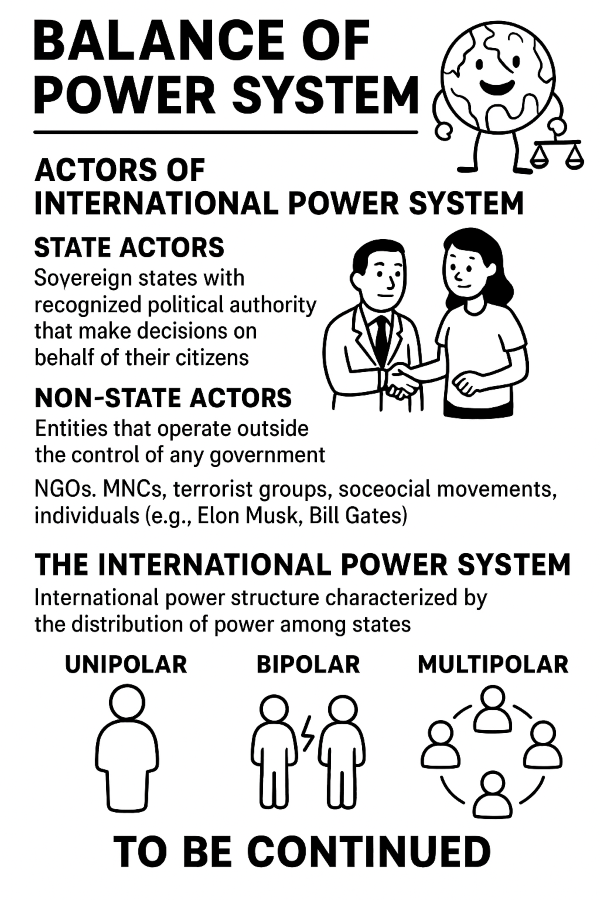Easter – By Niroshan de S Wijeyeratne
Source : Qld Sri Lankan Newsletter – Dæhæna – April 2025
Easter is not just a holiday in the Christian calendar; it is the cornerstone of the Christian faith. At its core, Easter celebrates Jesus’ resurrection. This event, commemorated on Easter Sunday, a week after Palm Sunday and right after the Holy Week, signifies the triumph of life over death, and the fulfilment of the promise of eternal life and salvation for believers.

Easter can mean different things to different people – for some, it’s an opportunity to spend time with loved ones but for others, Easter means much more. Easter is the epitome of the Christian faith, representing rebirth and renewal as we remember the death and resurrection of our Saviour, Jesus Christ. In the Christian calendar, Easter Saturday is the day betweendeath and life, despair and joy. Easter Saturday follows Good Friday, where the greatest sacrifice of love was on display. It’s a day of grief and darkness when life feels stuck, and our hope is stalled. But Easter Sunday is the day hope comes alive again.
After he died, Jesus was taken down from the cross and his body was placed in a dark tomb. It was sealed up and guarded from theoutside. All of Saturday, Jesus’ followers felt devasted, afraid, disappointed, uncertain and hopeless. But Jesus is “The Light that shines in the darkness” (John 1:5, NLV). The darkness of Good Friday did not overcome the light of God. Because there was a resurrection. Jesus brought hope and light into the darkness of his death by rising again on the third day – Easter Sunday. The Bible says in the first light of day some women went to Jesus’ tomb, expecting to anoint his dead body, as per their custom. They walked the path that led to his tomb feeling pretty hopeless. But, as it turned out, their path was one of hope, because Jesus had risen. Instead of finding Jesus’ body, they saw an angel, who said, “Why do you look for the living among the dead? He is not here; he has risen!” (Luke 24:5-6). In their moment of heartache, the women approached Jesus and, by coming back to life, he offered them hope. This event – Jesus’ resurrection – is the reason for Easter Sunday celebrations as it gives Christians their hope and joy. After all, there can be no ‘coming back to life’ without a death first. In the days that followed, Jesus appeared to his large group of disciples many times – showing them that he truly was alive.
Easter customs and traditions
Understanding more about the Bible’s Easter story may help you understand some of the traditional Easter customs we enjoy today. Hot cross buns, traditionally eaten on Good Friday, carry the symbolism of the cross on which Jesus died. The spices inside the bunrepresent the spices used on his dead body when he was placed in his tomb. Another popular Easter tradition is, of course, to enjoy chocolate eggs. The egg itself is shaped like the tomb stone that rolled away from where Jesus was buried. And the traditional hollow inside of the egg represents his tomb being empty – as he had risen back to life. The Easter Bunny even carries a connection to the true meaning of Easter. Jesus’ resurrection after his death offers us new life. Bunnies came into the picture as a symbol of Easter due to their connection with the message of new life. Whatever Easter customs and traditions you enjoy this year, I hope they remind you of the real meaning of Easter – which is Jesus’ love for you.
Niroshan de S Wijeyeratne
Niroshan is currently a Financial Advisor with Leggett Accountants with over 40 years of experience in the financial markets. He is also the Chairman of Our Lady of Madhu Shrine, Canungra.






















